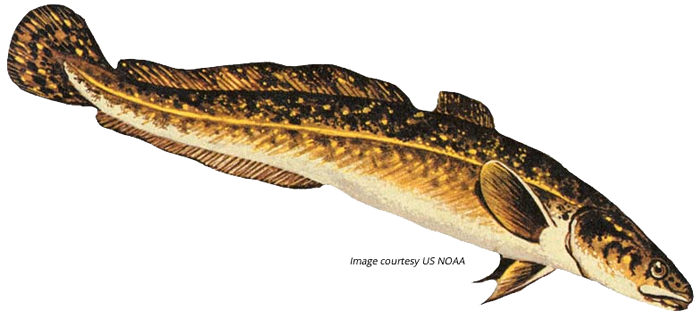Moderate
Description and Range
Physical description
Burbot are primarily found in northern waters, including those of northern Europe.
Climate vulnerability
Sensitivity to climate change
Moderate
Burbot is a cold-adapted species whose distribution, behavior, and physiology is limited by warmer water temperatures. Warmer water temperatures limit dispersal to more southerly locations and influence behavior and physiology in current habitat. Burbot have been documented to seek out cool-water thermal refugia near lake inflows, and warmer water temperatures have been documented to decrease survival and have variable impacts on growth of hatchery-raised individuals. Shifts in streamflow may affect spawning migrations and/or spawning synchrony of this winter-spawning species. For example, reduced streamflows and lake/reservoir levels can reduce or degrade spawning and rearing habitat, while high winter flows may impede upstream movements of adult burbot.
Exposure to climate change
Moderate
- Increased water temperatures
- Altered flow regimes
Where you may encounter burbot
Lakes where this species may be found
State record
- Weight
- 17.37 lbs
- Angler
- Mike Campbell
- Location
- Bead Lake, Pend Oreille County
- Date Caught
- April 24, 2004
